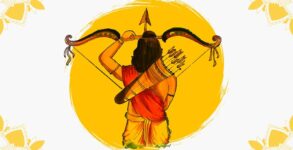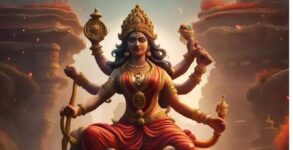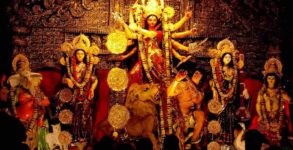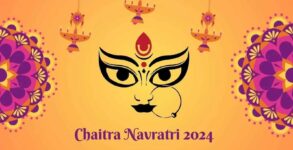Sital Sasthi is one of the most important festivals of Odisha, mainly celebrated in the Samabalpur region. The festival celebrated the marriage of Lord Shiva and Goddess Parvati.
It is observed on the ‘sasthi’ (6th day) during the ‘Shukla Paksha’ (the waxing phase of moon) in the ‘Jyestha’month of the traditional Hindu calendar.
In this three-day festival, a family is chosen to play the role of Goddess Parvati’s family to propose marriage to Lord Shiva. Since Shiva is known as ‘Swayam Bhu’, no one plays the role of his family. The festival is attended by a large number of ‘Hijras’ and ‘Eunuchs’, as Shiva is also referred to as ‘Ardhanarishwara’.
Rumour of Lord Shiva drinking milk in Uttar Pradesh’s Pratapgarh, 13 held
This year Sital Sasthi festival falls on May 28, Thursday.
It is celebrated at the end of summer. Given the ongoing coronavirus crisis, Bhubaneswar Municipal Corporation (BMC) Additional Commissioner Abani Kanta Patnaik has not been granted permission for conducting Sital Sasthi Yatra. Earlier, the administration had to suspend the annual Rukuna Ratha Jatra and Chandan Jatra of Lord Lingaraj, following the COVID-19 lockdown. The guidelines prohibit any kind of religious celebration, which may invite public participation. All religious institutions like temples, mosques, churches, and Gurudwaras have also been closed for the public as a precautionary measure because of the outbreak.
All you need to know about the Sital Sasthi’s divine marriage celebration:
- All the rituals are carried on as in any other marriage in the Hindu society. A couple is chosen to play the role of Goddess Parvati’s parents, and they perform every ritual of dutiful parents during a daughter’s wedding.
- As Lord Shiva is known as ‘Swayam Bhu’, no one plays the role of his parents. (But, this role is also incorporated these days)
- On the first day which is known as ‘Patra Pendi’, the chosen couple adopts Goddess Parvati and there is the engagement ceremony. The next day, there is ‘Deba Nimantran’ (an invitation to the various temples of the locality).
- After two days, the idol of the Goddess arrives at the house of her adopted parents. From that house, the bride (idol of Goddess Parvati) is taken in a grand procession on the night of the marriage ceremony.
- Similarly, Lord Shiva also arrives at the marriage venue escorted with Hindu gods and goddesses. The procession is graced by a large number of transgenders as Lord Shiva is also known as ‘Ardhanarishwara’ (half woman half man). The TGs from all over India congregate for this festival.
- The marriage is conducted with all the rituals and customs, witnessed by thousands of spectators from the neighbouring places.
- After the ceremonies, on the following evening, the divine couple begins their journey of the town, referred to as ‘Nagar Parikrama’. This event is also popularly known as ‘Sital Sasthi Yatra’. Folk music, fold dance, and other such events on the streets form the chief attraction of this carnival.
- During this 5-day-long celebration, the streets buzz with activities, and the crowd enjoys the festivities devouring the roadside food.


















